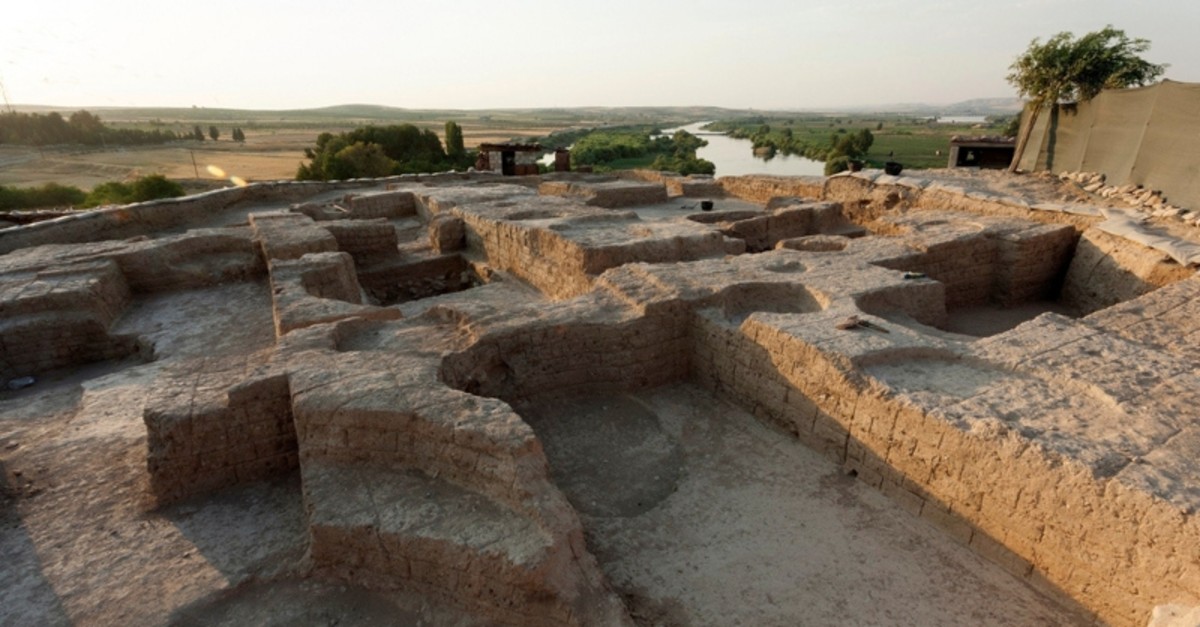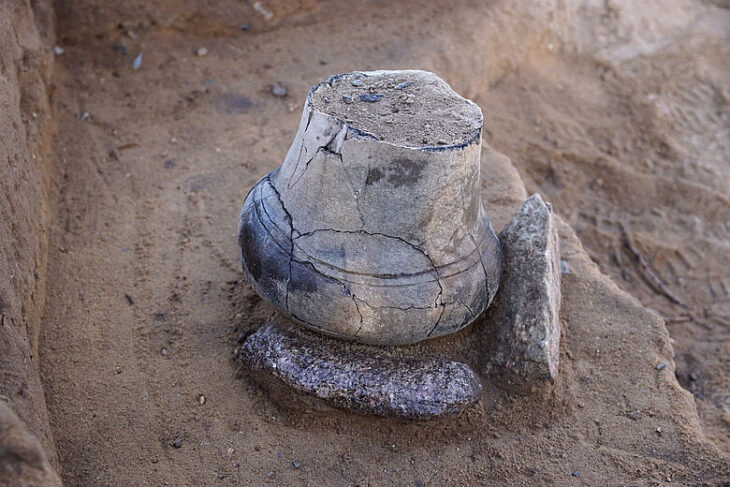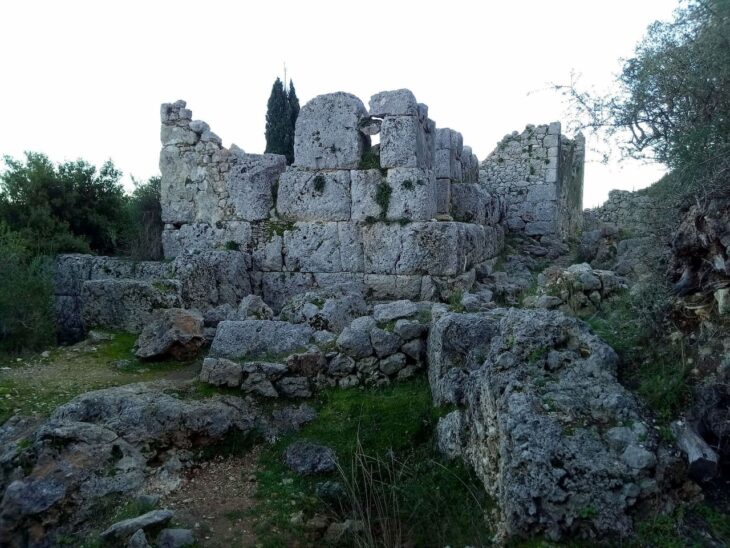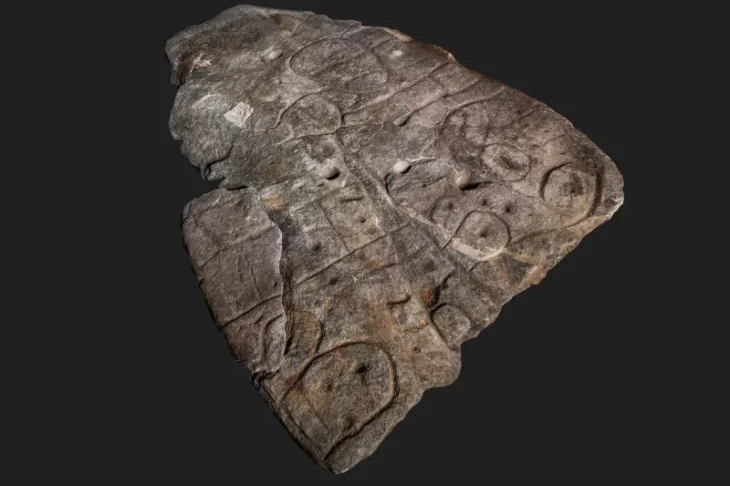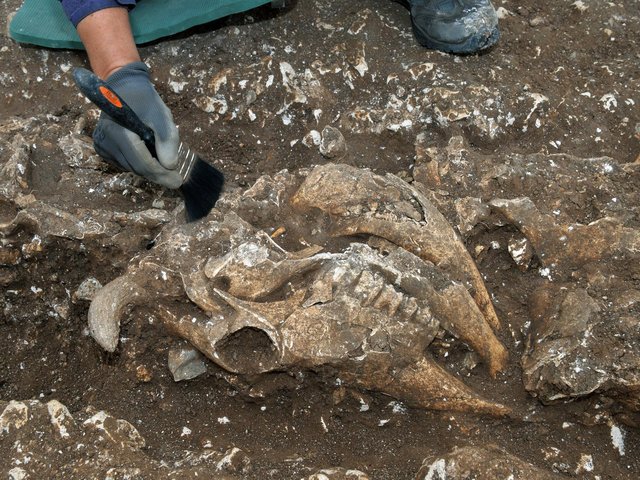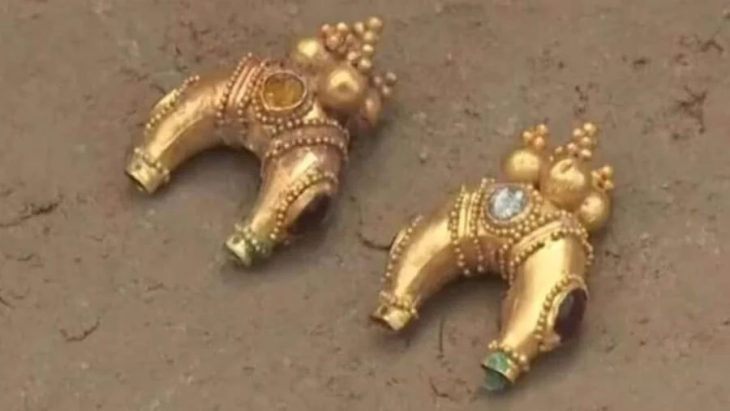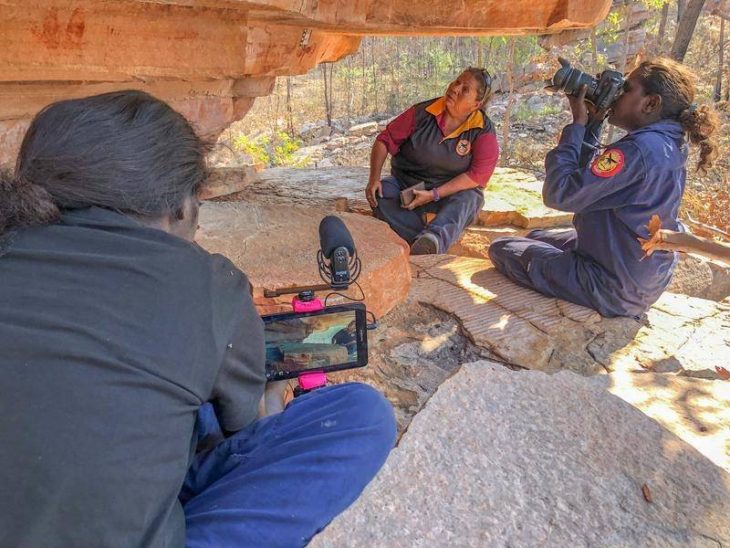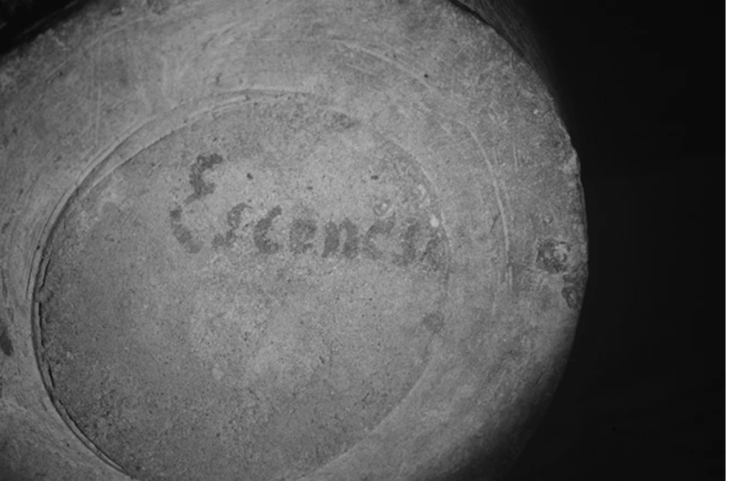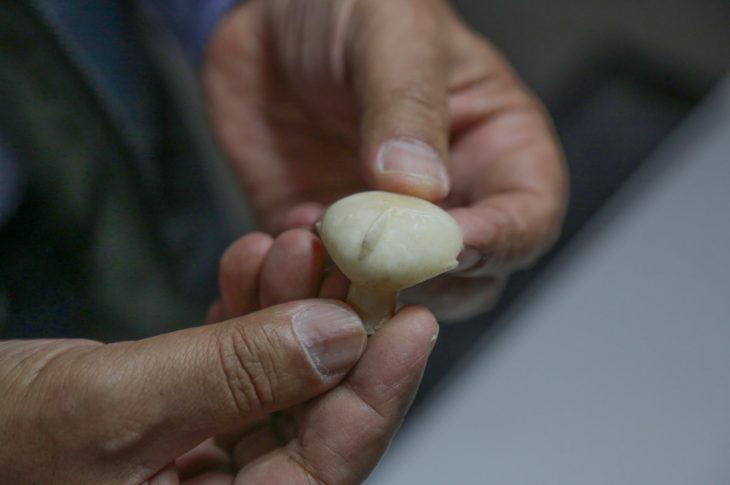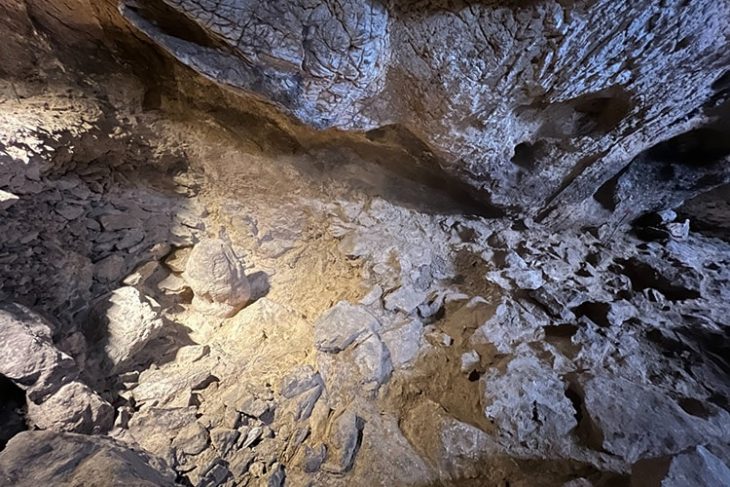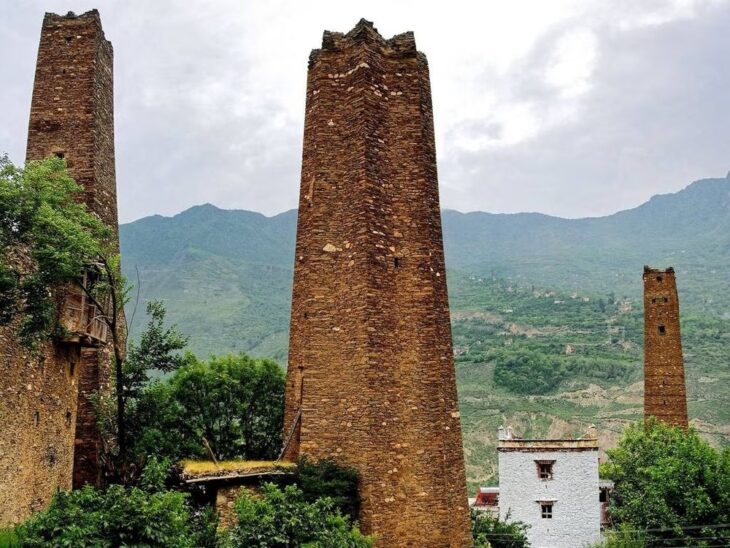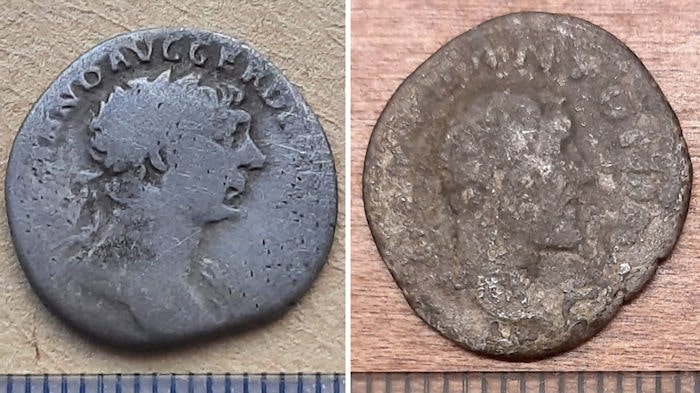Historical artifacts discovered during excavations by Turkish and Italian teams in the ancient city of Karkamış (Carchemish) in southern Gaziantep province have offered new insights into the region’s history and Assyrian-Hittite interactions.
Carchemish, a strategically important place due to being on the Syrian trade routes, was a valuable kingdom for the Hittites, Mitanni, and Hurrians. The Kingdom of Carchemish, which was joined to the Hittite lands by Suppiluliuma I, has always been a vassal of the Hittite kingdom.
Karkamis was the most important administrative center in the region of the Hittite Empire, which ruled over Anatolia and Mesopotamia for centuries.
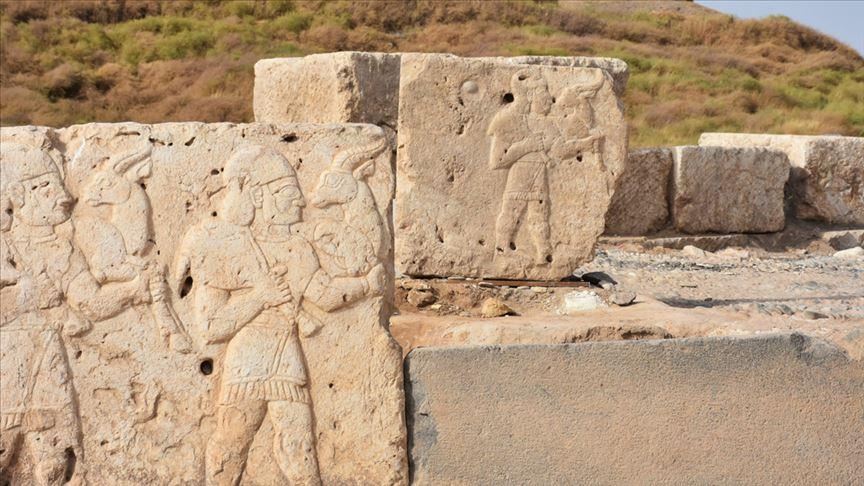
In a report prepared by the Turkish-Italian team following the completion of the 10th season of excavations, the team kept finding artifacts from the Hittite Empire era, when the city was at its peak, in the eastern part of the lower palace area. Dozens of clay seals belonging to the highest officials of the Hittite administration were discovered in the administrative structure called the “House of the Seal” in this area. By determining which goods these seals were applied to, researchers are able to piece together the basic idea of how the administration ran the vassal kingdom of Karkamış.
Another important find in the structure called the “House of the Seal” is a bulla with seal impressions on it, thought to belong to Piradu, one of the leading merchants of the Middle Assyrian Empire. It is hoped that determining Piradu’s identification may aid in the research of Hittite-Assyrian ties, which deteriorated towards the demise of the Hittite kingdom, as well as the timing of various events during the era.
The most important find of the city is undoubtedly the Anatolian hieroglyphic inscription on a piece of pottery that reads “X-patu, the Manager of the City,”, a discovery encountered for the first time in Anatolia.
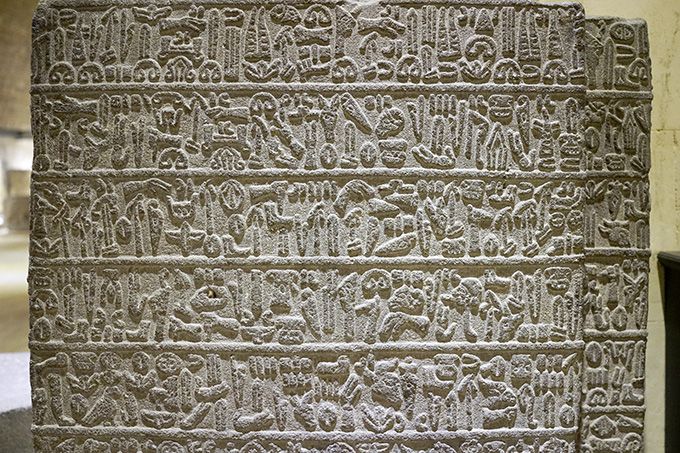
The Anatolian Hieroglyphic script is a mixed writing system which contains both phonetic and semantographic signs. It is a native script specific to Central Anatolia, consisting of some 500 signs. They were originally known as Hittite hieroglyphs, but the language they encode proved to be Luwian, not Hittite, and the term Luwian hieroglyphs are used in English publications.
They are typologically similar to Egyptian hieroglyphs but do not derive artistically from that script, and they are not known to have played the sacred role of hieroglyphs in Egypt. There is no evidence of a link to Hittite cuneiform.
The first inscriptions confirmed as Luwian date to the Late Bronze Age, ca. 14th to 13th centuries BC.
Furthermore, the excavations indicated that the administrative building was still in use during the Iron Age. Around 100 seals from that time period were discovered, including rare Anatolian Hieroglyphic seal impressions. The fact that nearly two-thirds of the seal impressions belong to a woman called Matiya is also noteworthy. It is emphasized that this may be an indication that women may have had an important economic role in the state administration at the time.

